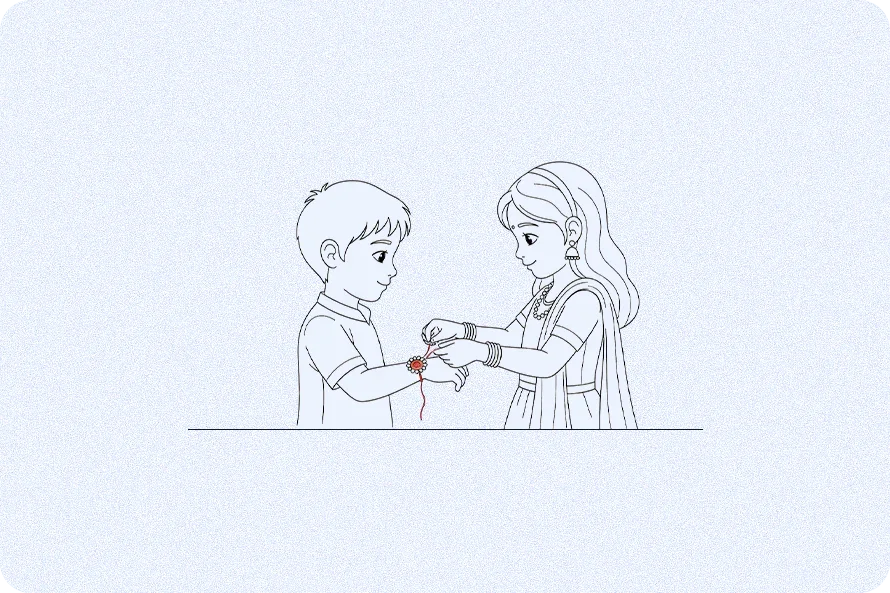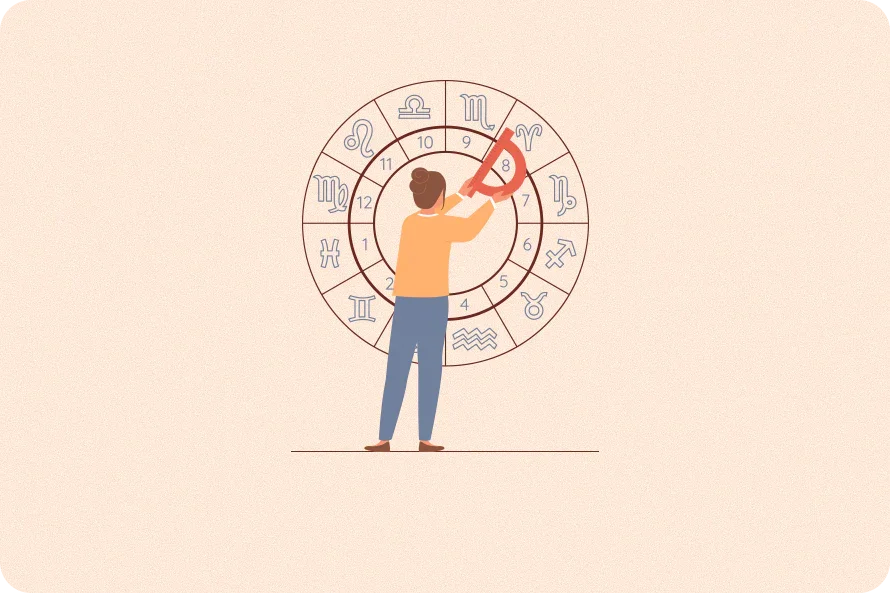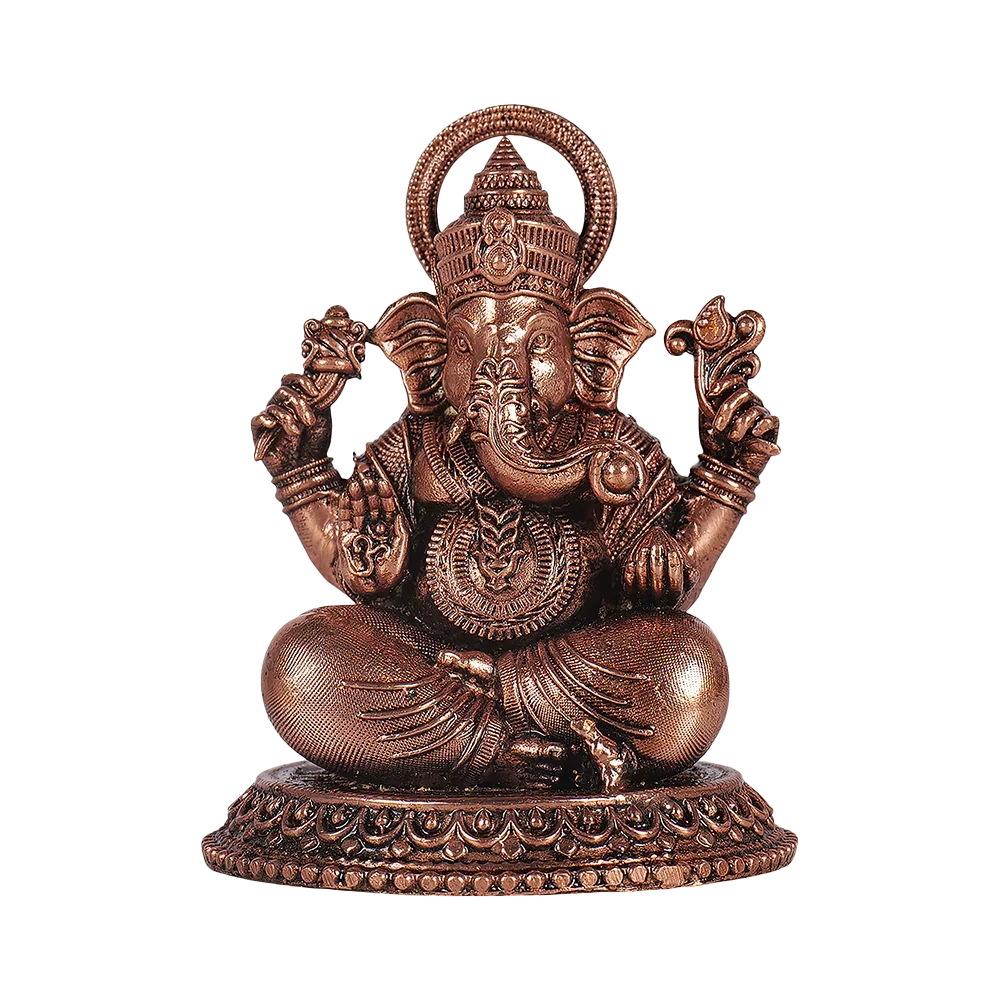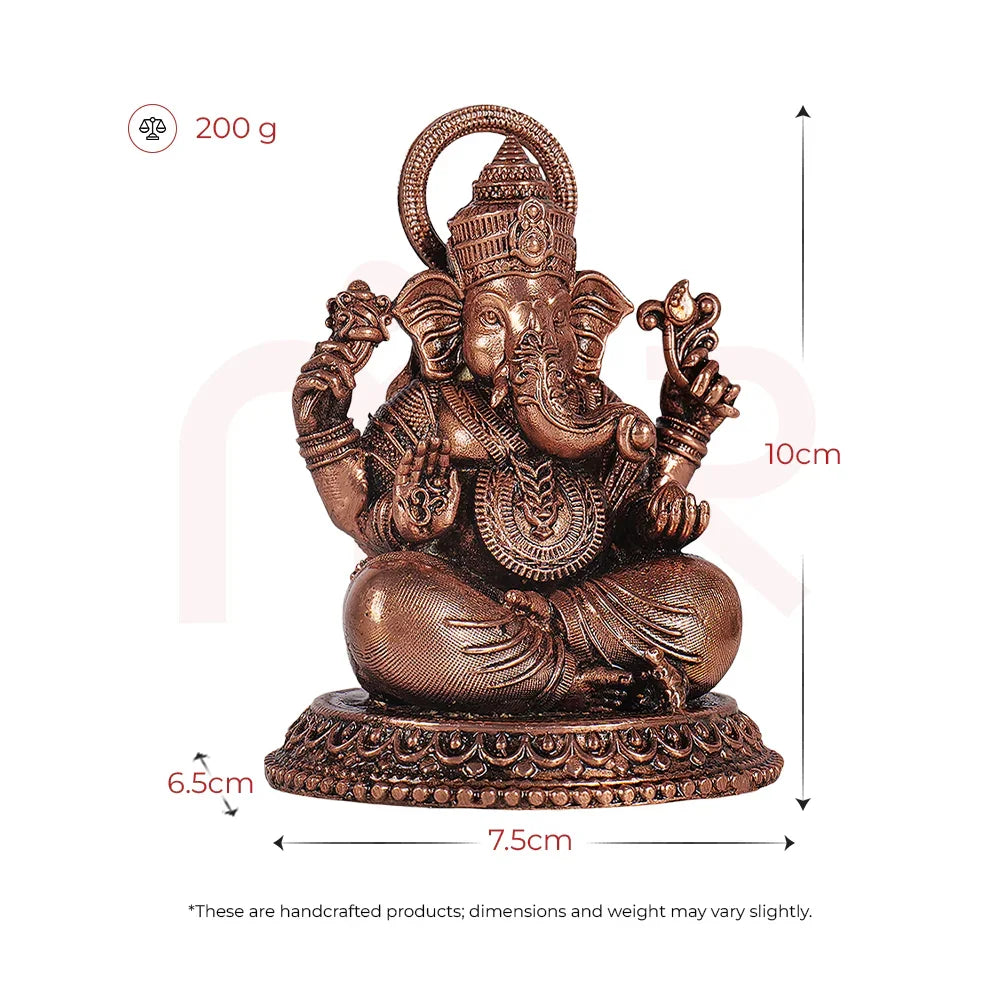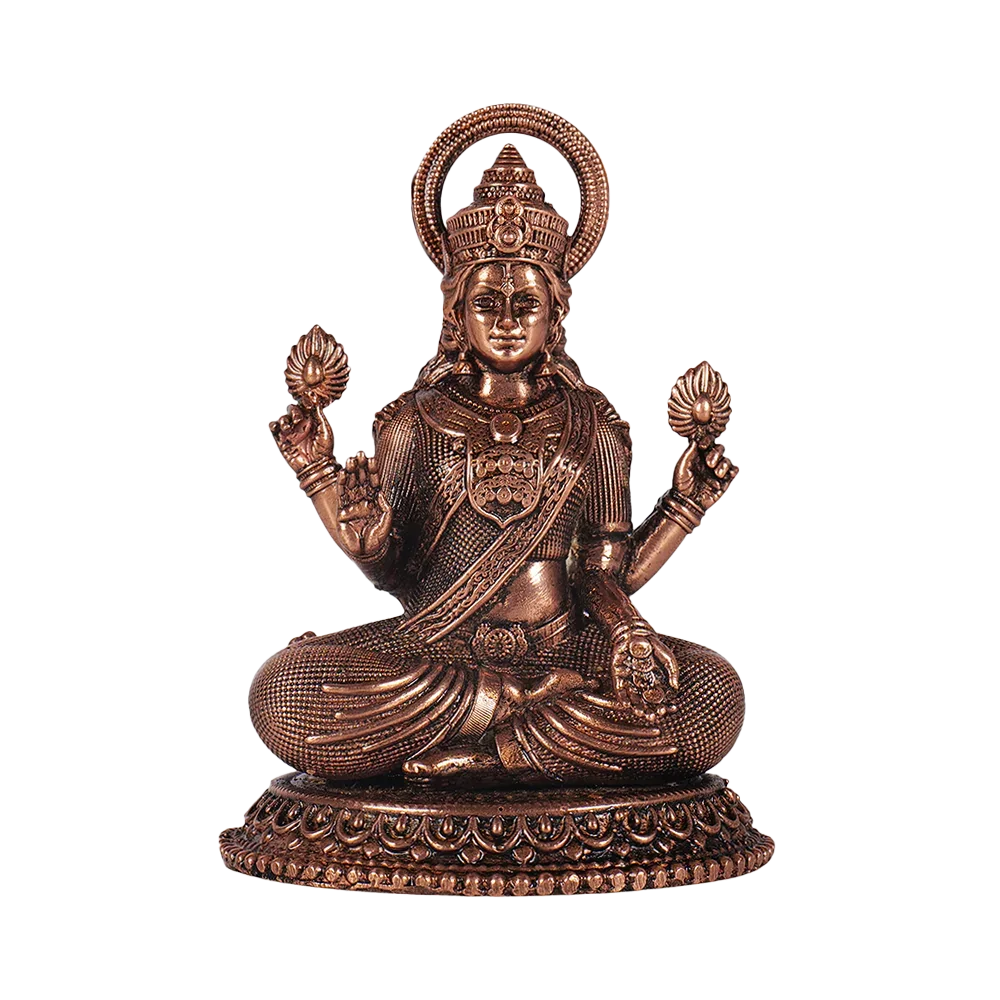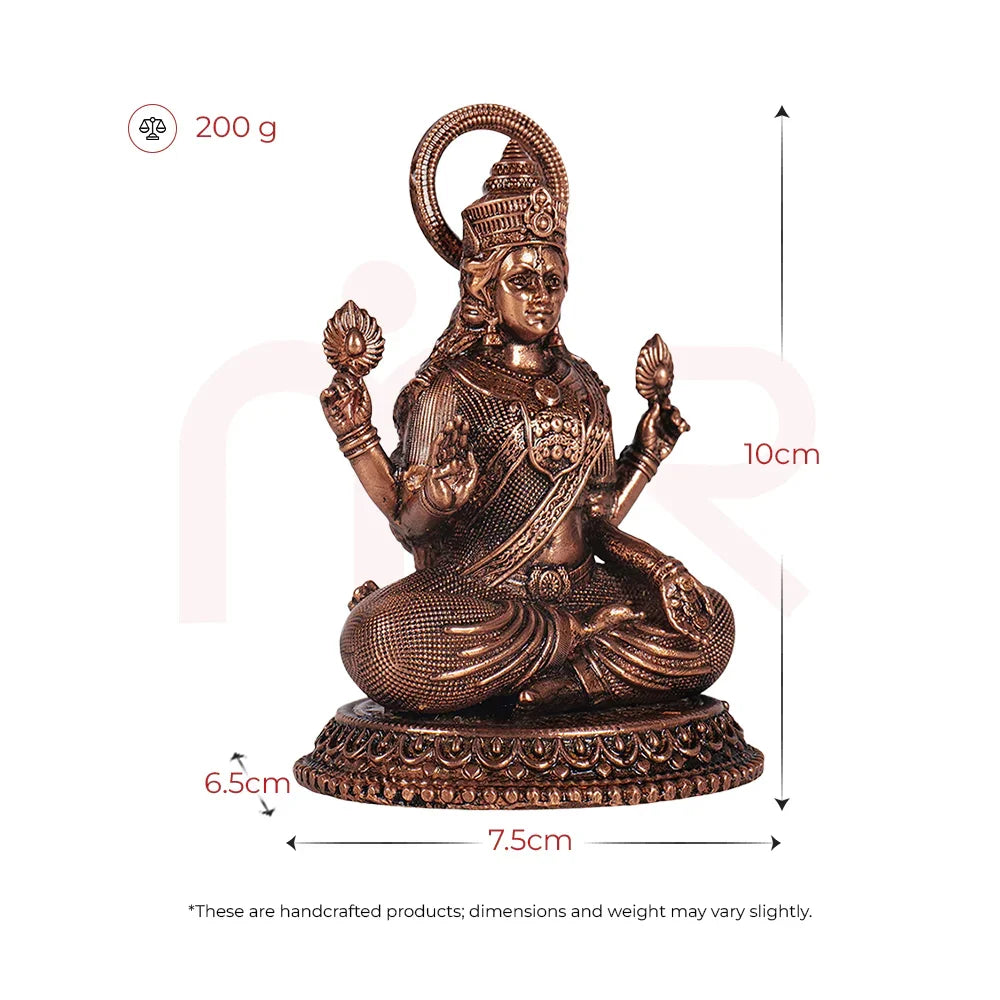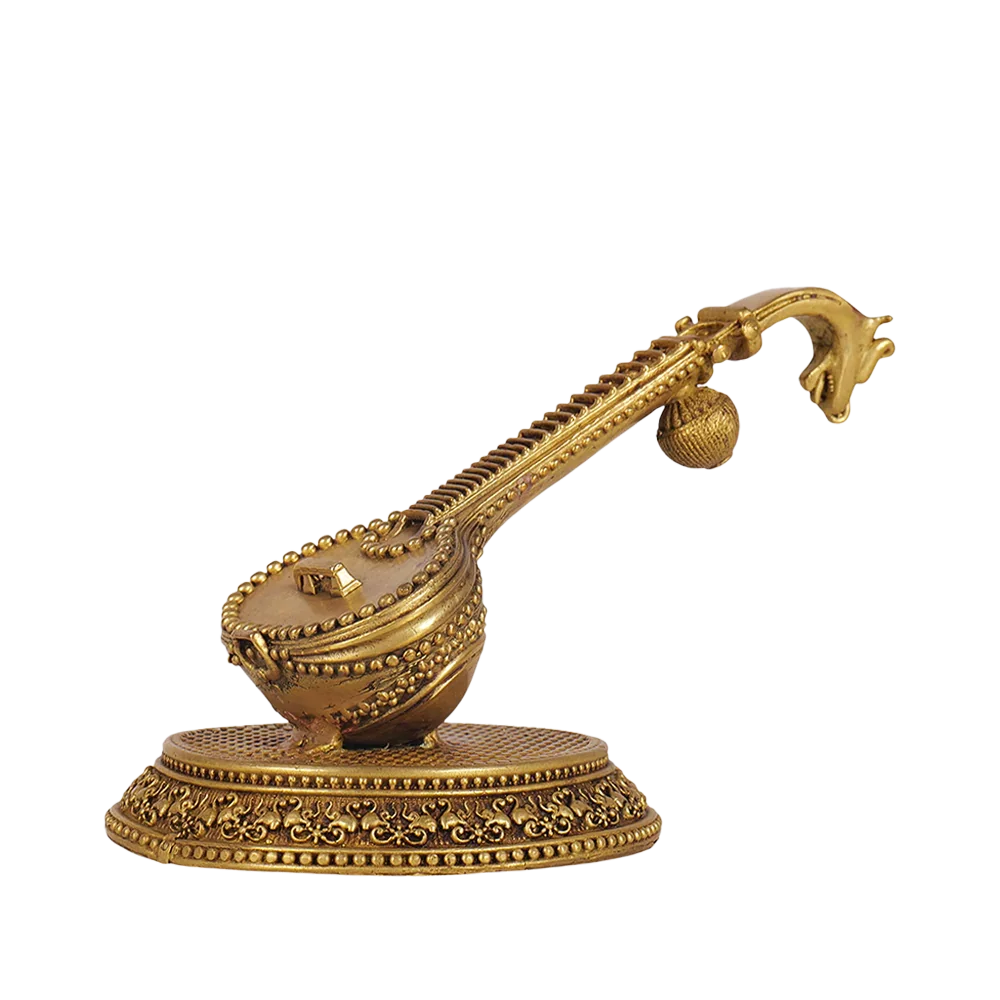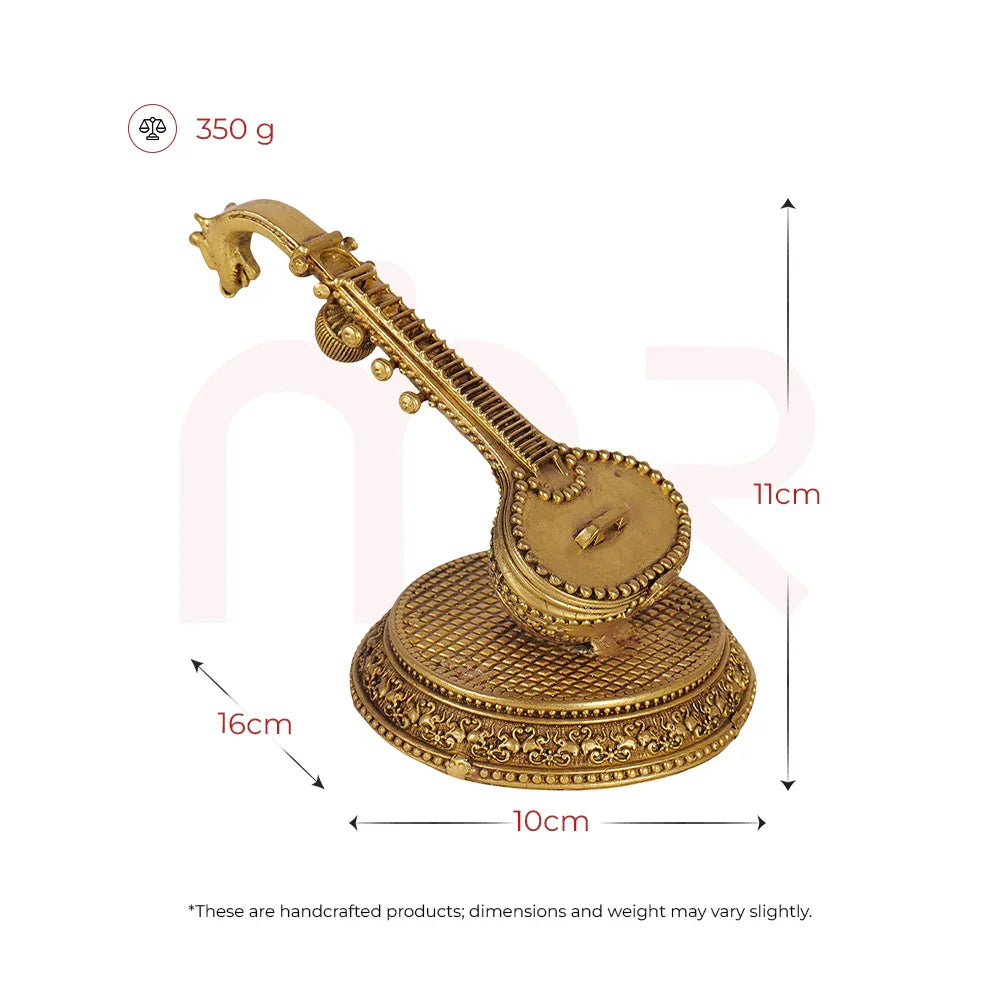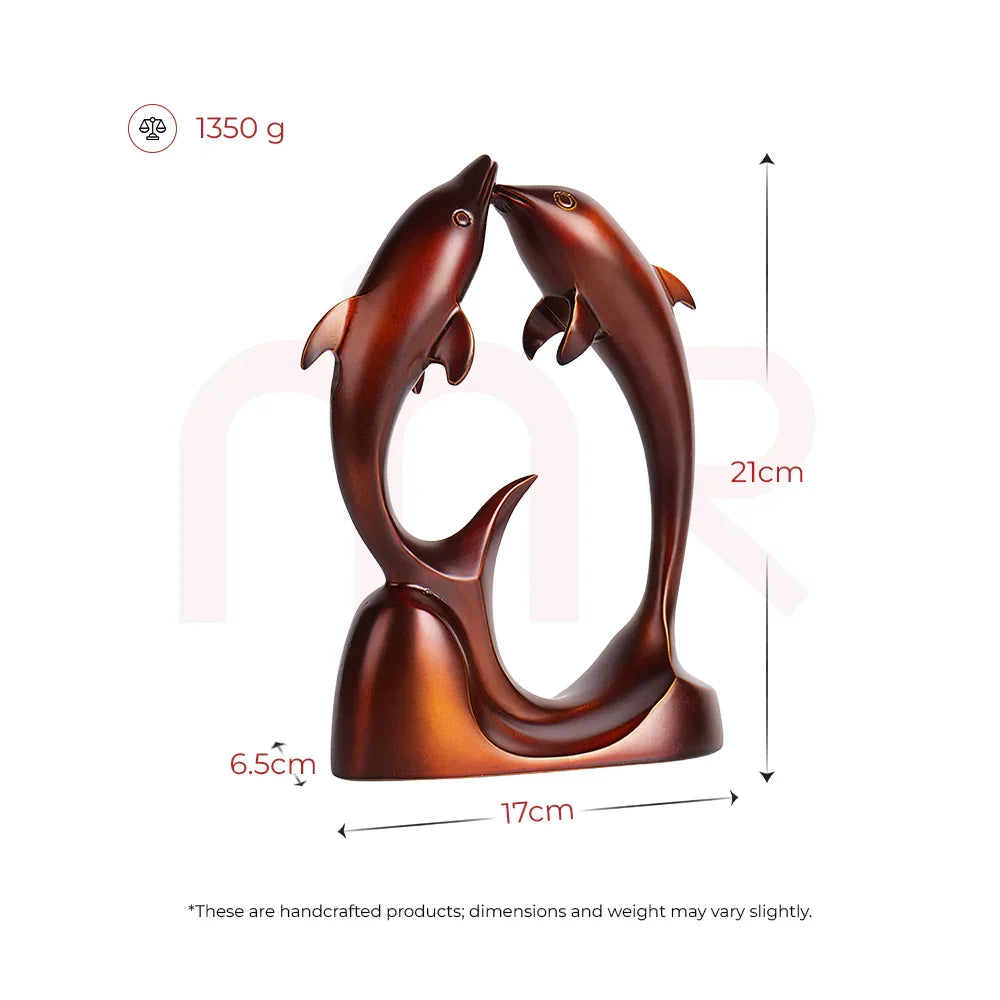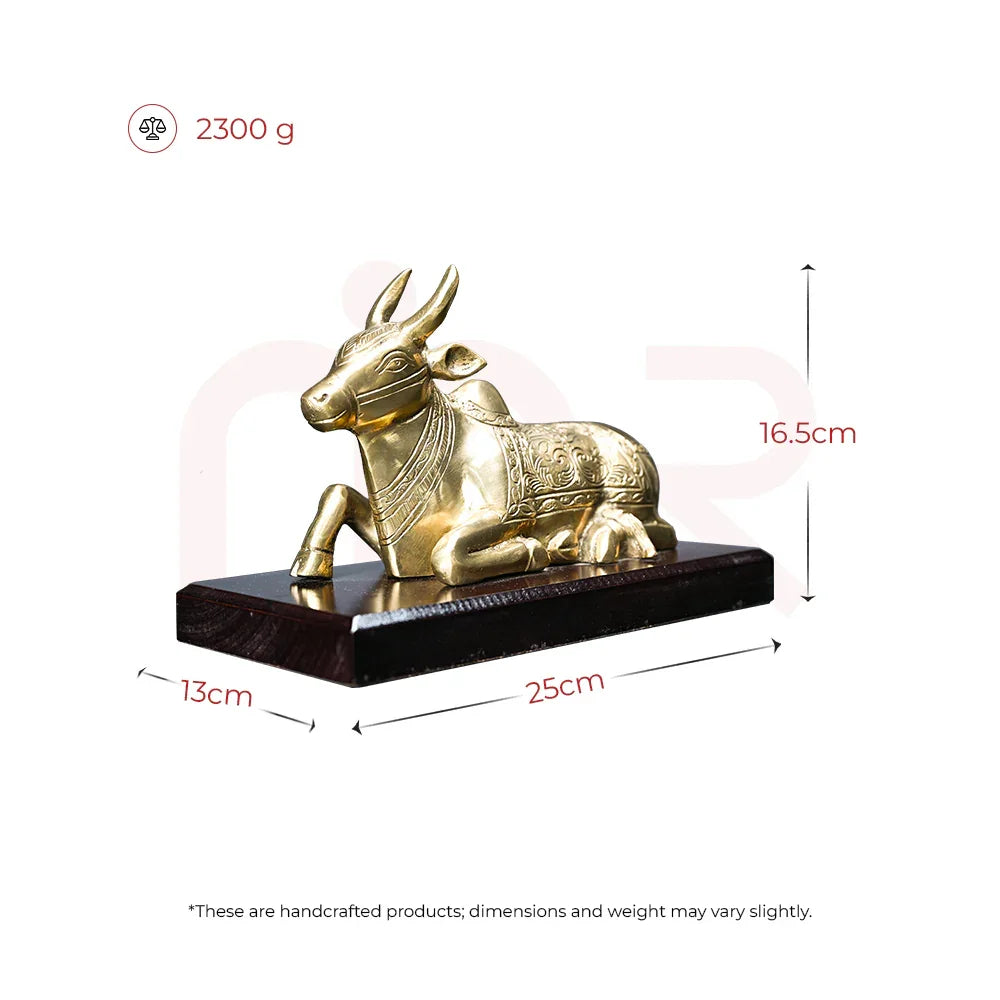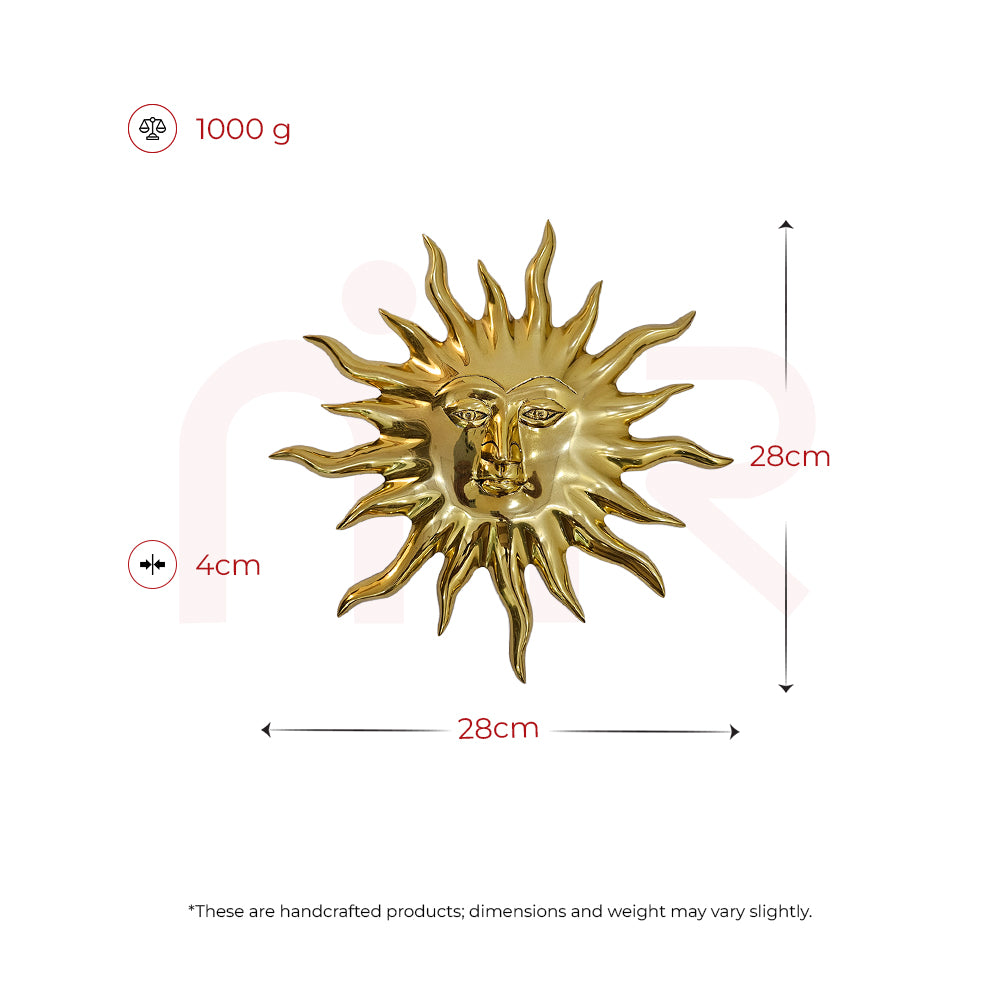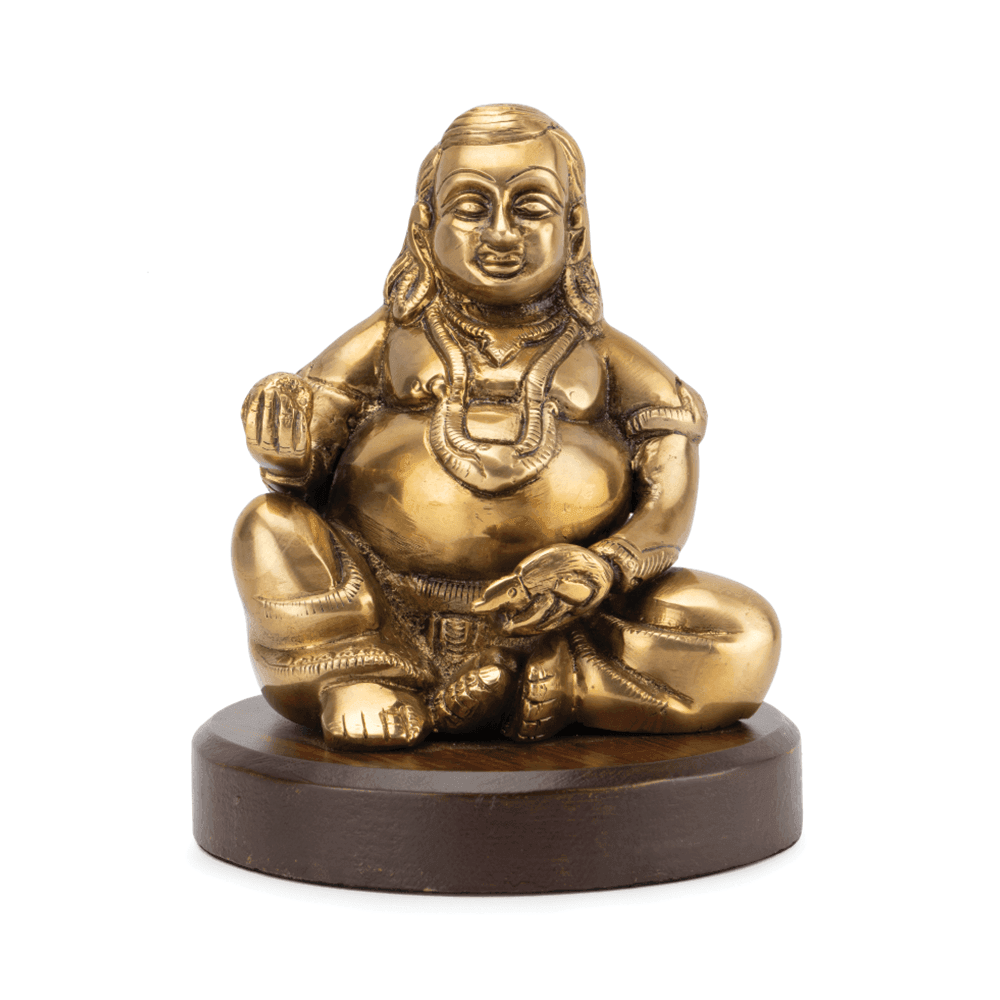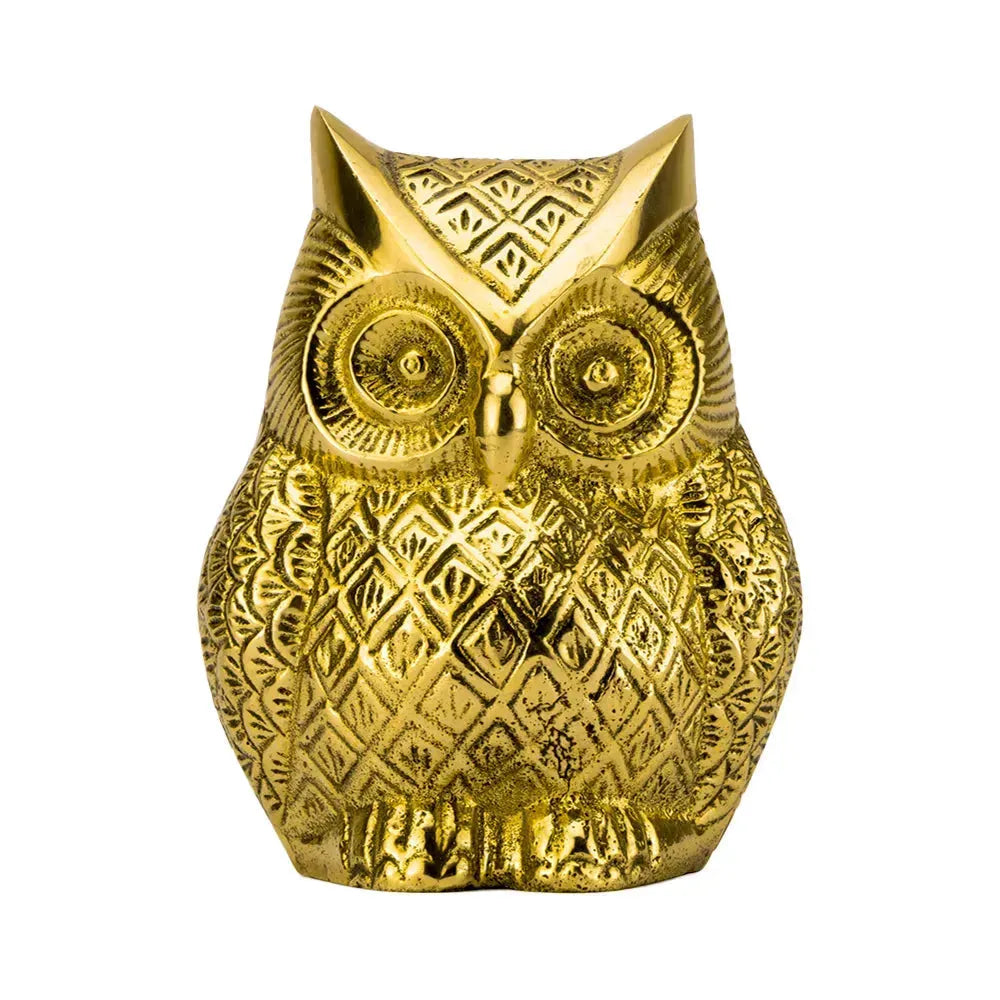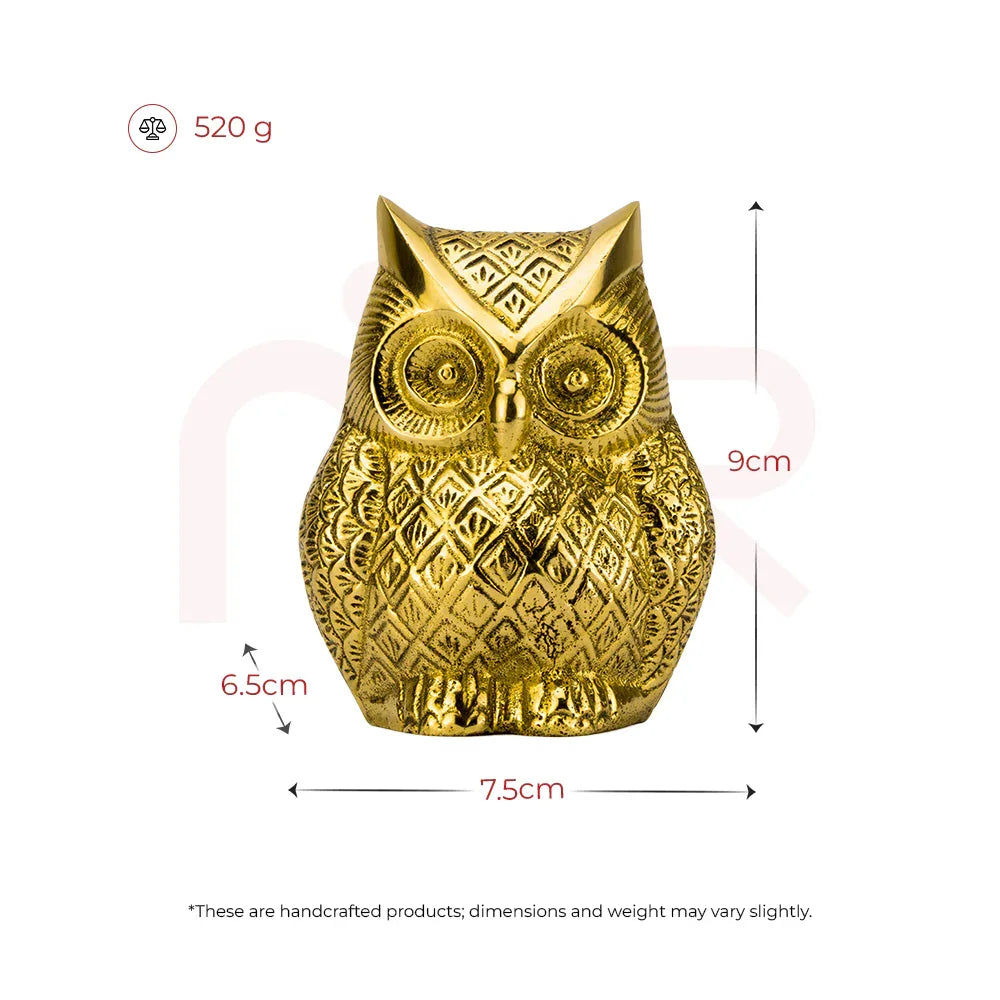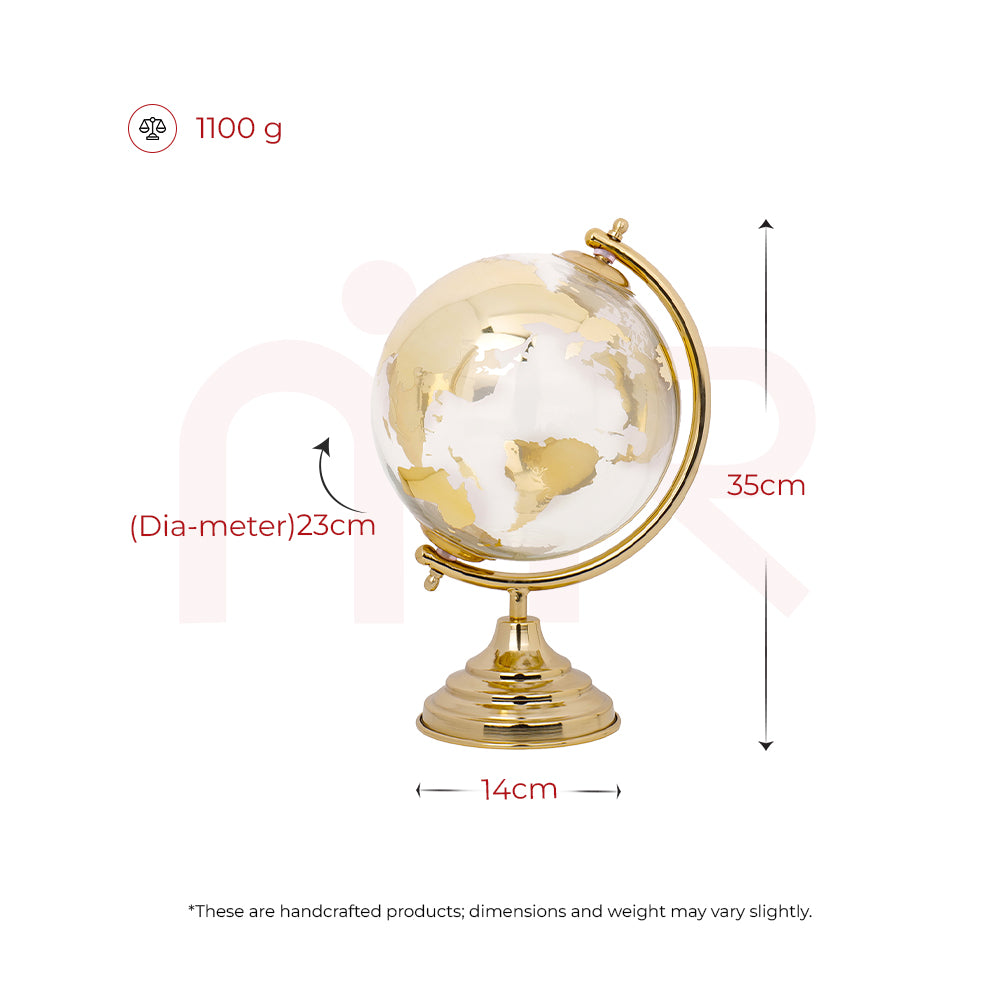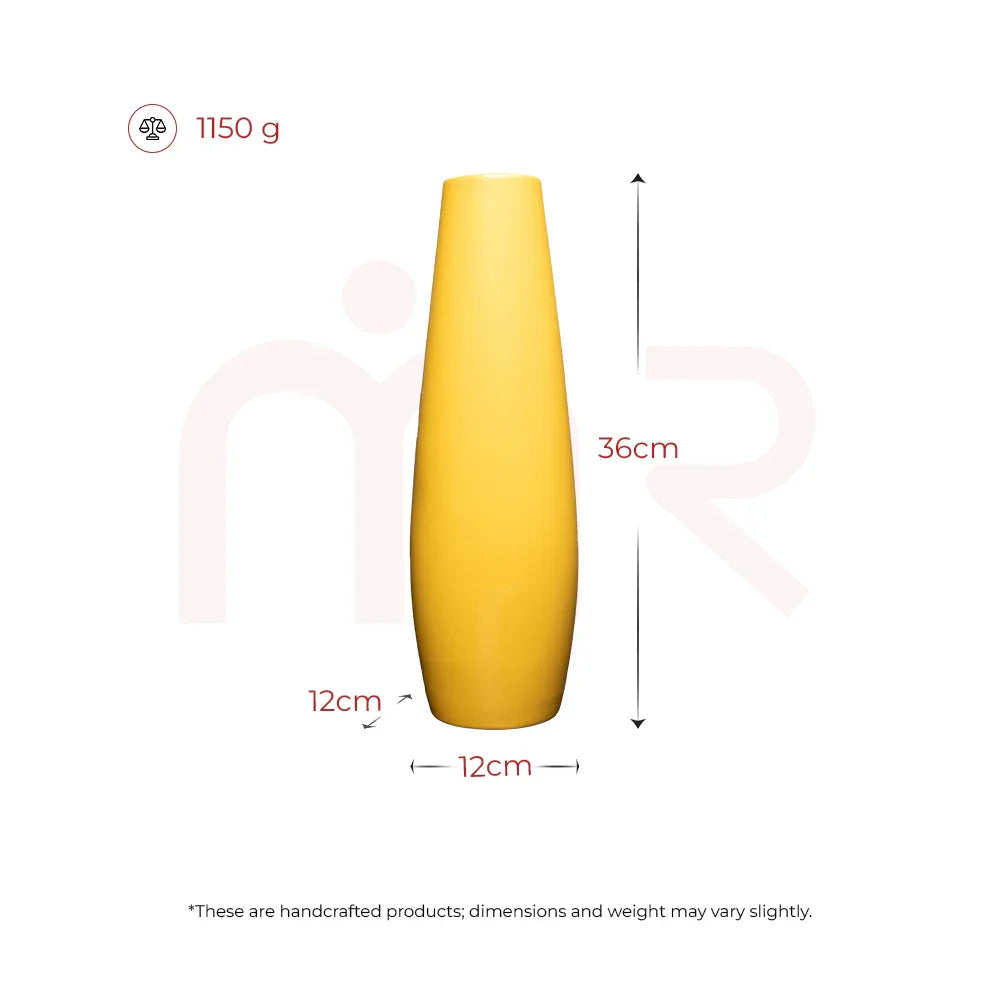Raksha Bandhan means the bond of protection. It is one of the most joyful Hindu festivals that honors the love between brothers and sisters. This festival is observed on the full-moon day of the Hindu month of Shravana. On this day, the sister ties a rakhi around her brother’s wrist to symbolize her prayer for his well-being, and in return, the brother vows to protect her. Families gather together for this ritual, exchange sweets, and enjoy festive meals. The essence of Raksha Bandhan is an affectionate ceremony of family duty and care that has been celebrated for centuries.
Historical Origins
Raksha Bandhan has deep historical roots. These stories have significantly shaped the festival’s meaning over time. Some of the popular key legends include:
- King Bali and Vamana: According to ancient tales, Lord Vishnu took the Vamana avatar to test King Bali and asked for as much land as he could cover in three steps. With the first step, Vishnu covered the earth; with the second, the heavens. With no space left, King Bali offered his head for the third step. Impressed by his devotion, Vishnu granted him a wish, and Bali asked Vishnu to stay as his guardian. When Vishnu didn’t return, Goddess Lakshmi visited Bali in the netherworld and tied a rakhi on his wrist, making him her brother. In return, she asked for Vishnu’s return, which Bali granted. This event, believed to have occurred on the full moon of the Shravan month, is celebrated as Raksha Bandhan, symbolizing love, protection, and the bond between siblings.
-
Indra and Indrani:
A historical tale from Bhavishyottara Purana tells how the gods Indra and Indrani (his wife, also called Shachi) tied the protective threads to each other. When Indra battled the demons (Asuras), Indrani tied an amulet on his arm to make him invincible. This story illustrates the protective power of the rakhi, and this event was observed on the full moon day of the Shravan month. The auspicious day is celebrated as Raksha Bandhan. -
Draupadi and Krishna (Mahabharata):
In the epic of Mahabharata, it recounts that when Lord Krishna killed Shishupala with his Sudarshana Chakra after the latter's 101st insult, he injured his fingers, causing them to bleed. Draupadi, a princess and Krishna’s devotee, tears off a strip of her sari and ties it around his wrist to bandage the wound. Krishna was deeply moved by her gesture and vowed to protect her and (and by extension, all women). This whole episode is often cited as an early example of a brother-sister bond. - Queen Karnavati and Emperor Humayun (16th century legend): In 1535 CE, the widowed Rajput Queen of Mewar, Rani Karnavati, is said to have sent a rakhi to Mughal Emperor Humayun during the time of invasion. As per the legend, Hamayun accepted the thread as a symbol of brotherhood and came to her aid. It is one of the famous tales of Raksha Bandhan, which also indicates seeking protection beyond the family ties.
- Roxana and King Porus (ancient legend): Another popular story that is linked to Raksha Bandhan is that of Alexander the Great. It is said that Roxana, Alexander’s wife, sent a rakhi to the Indian King Porus asking him to spare Alexander’s life in battle. Porus is said to have honored the tie. This tale also highlights how strangers can be turned into brothers under the protection of the rakhi.
There are several other stories that are linked to the Raksha Bandhan. However, they all emphasize protection, care, and bonding.
Raksha Bandhan Today: Modern Significance
In the modern era, Raksha Bandhan continues to be highly relevant as a celebration of family bonds, even as it expands beyond its traditional framework. Many people today honor the ritual despite busy, far-flung lives. For example, in families split by geography, sisters often send rakhis and gifts across the world, by mail or online, and arrange video calls so siblings can celebrate together. This global reach means Raksha Bandhan now unites families across continents, keeping the emotional core of the festival alive despite distance.
Moreover, the meaning of Raksha Bandhan has broadened in contemporary culture. It is common for girls to tie rakhis to close male friends, cousins, or even colleagues, making them honorary “brothers.”
Many people use the festival to promote social causes: soldiers, police, and friends in need often receive rakhis as tokens of respect and gratitude. In essence, the ritual of tying a simple thread has grown into an occasion that supports family ties, community bonds, and even charitable values.
Despite all these changes, the heart of Raksha Bandhan remains unchanged. It is fundamentally “a celebration of unconditional love between siblings”. Rakhi “is more than just a thread; it is a symbol of protection, a bond formed by faith, love, and divine blessings”. This enduring sentiment that brothers and sisters care for each other and stand together is what gives Raksha Bandhan its warmth and significance today. In a world of busy schedules and digital distractions, this festival offers a meaningful pause to honor those close relationships that last a lifetime.

